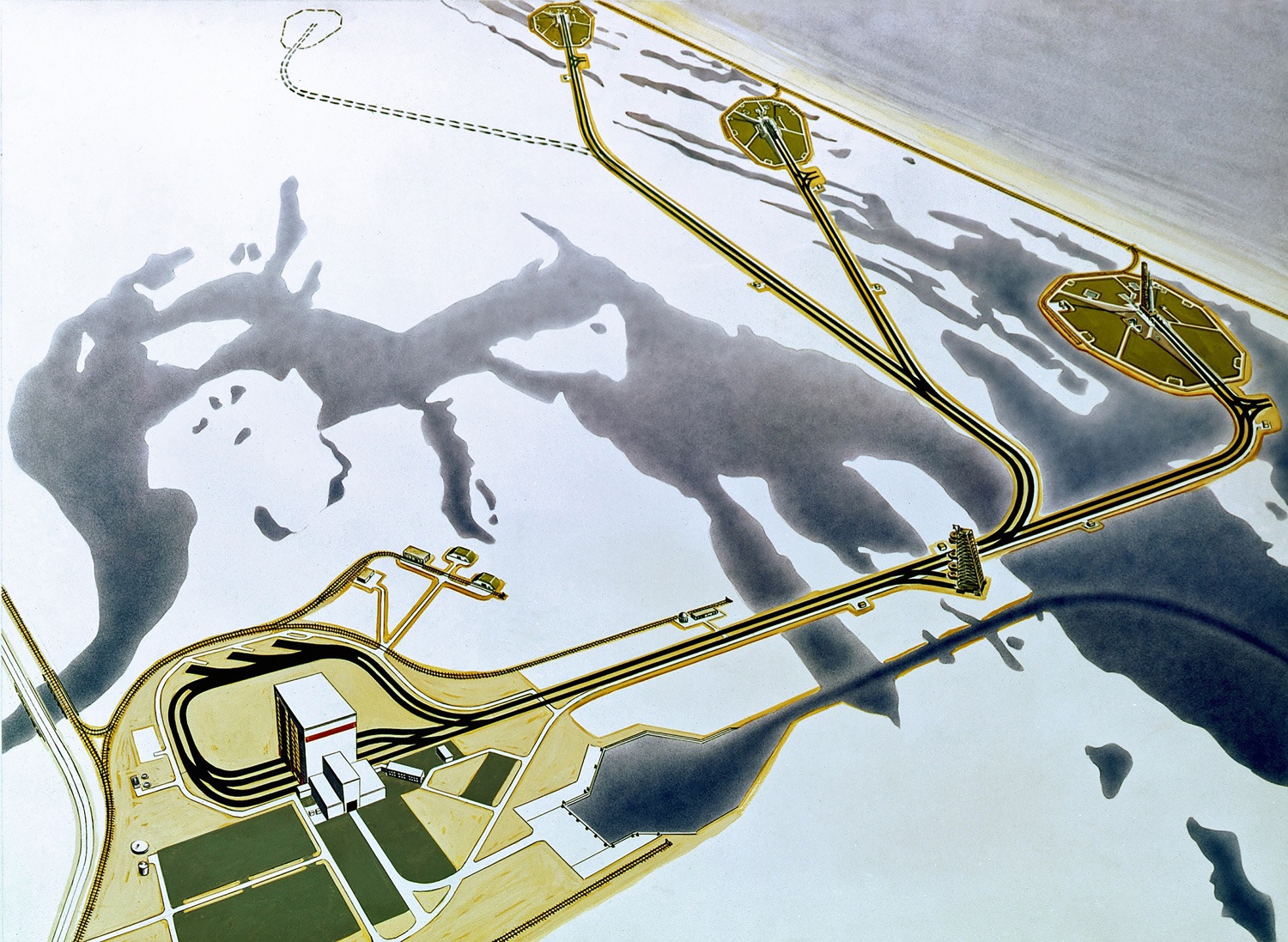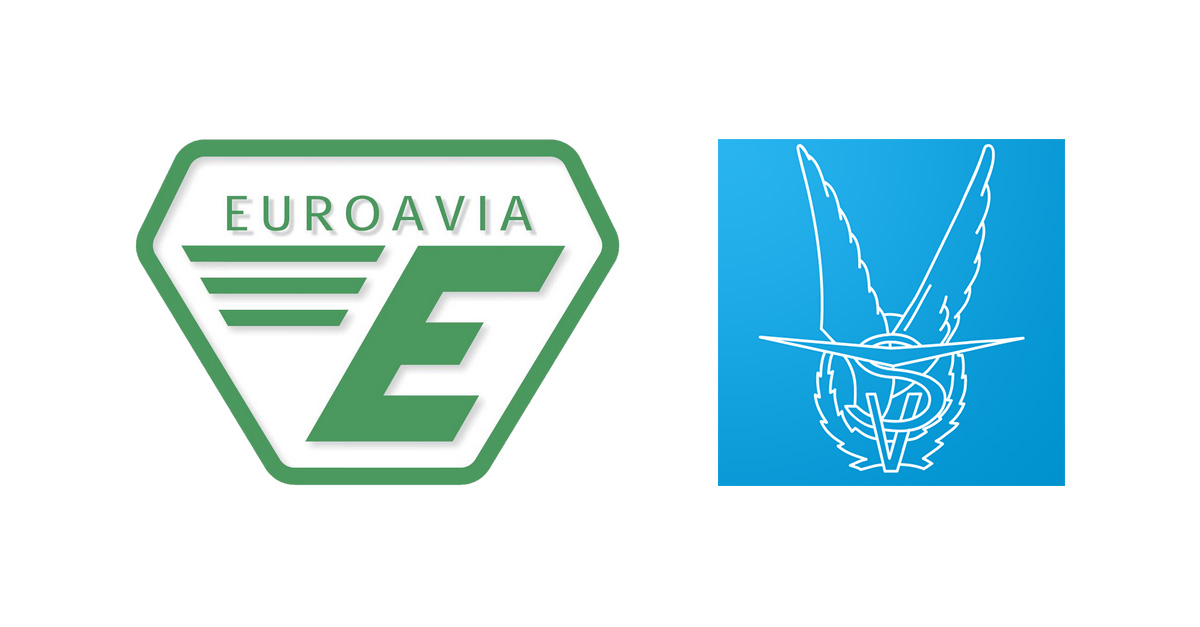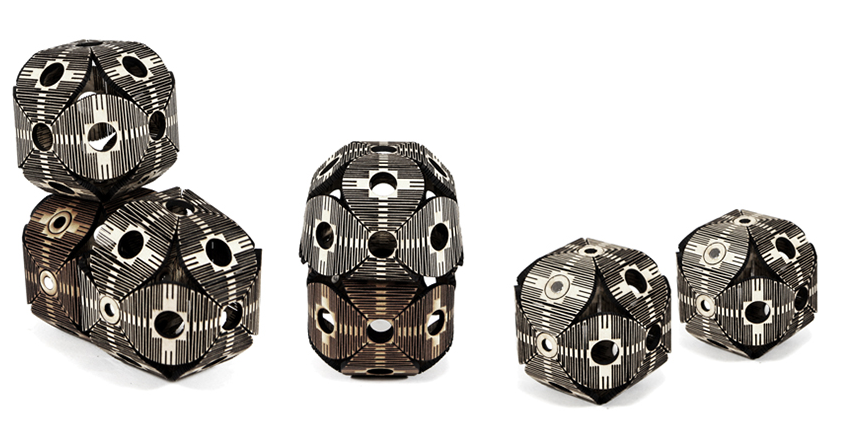
Since times immemorial, there has been a huge hue and cry over the ostensibly large sums of money we spend on research and development in space technology with no apparent benefits to mankind. This, however, can’t be further away from the truth. We have seen, in the past five decades, that not only has the space industry itself grown in leaps and bounds, but it has also led to advancements in the vastly different fields of science that are associated with it.
The innumerable means by which space technology directly affects us are no secret. It has become difficult to imagine a time when the weather was an unpredictable will of God, and we didn’t have GPS telling us to turn right in 500 meters. The field of space, however, is immensely interdisciplinary. Developing technologies to launch matter into orbit requires research and expertise in a wide spectrum of sciences. Spacecraft structures require study of materials, while spacecraft operations need state-of-the-art hardware and software development. Robotics and automation form the life and blood of all space systems which comprise of sophisticated electronics, sensitive and stable sensors, reliable communication links, and to run it all, efficient power and energy devices. Investing in space is investing in all of these branches, and many more, and the returns are disproportionately favourable, sometimes cropping up in surprisingly unexpected capacities.
The story of space research benefitting our everyday lives in unanticipated ways is inspiring. For instance, the need to reduce drag to make flight more energy efficient led to NASA’s research on more drag resistant materials. Speedo collaborated with NASA to then produce LZR Racer, a swimsuit made of swimwear fabric that reduced drag to such an appreciable extent, that it helped break more than 20 world records in swimming, the year of its release [1]. Another example of NASA’s drag-opposing research is the widespread use of winglets in airplanes. These little aerofoils jutting vertically upwards at the ends of wings are single-handedly responsible for improving fuel mileage efficiency by up to 7% [2].
Marshal Space Flight Centre very recently developed a fluid structure coupling technology to reduce vibrations called “thrust oscillations” during a rocket launch. This technology was then found to produce an order of a magnitude more reduction in vibrations on massive buildings than the current methods employed to stabilize buildings during earthquakes. In a related story, ORBITEC subsidiary HMA Fire, extrapolated its research in propulsion technology to an entirely unrelated field- that of fire-fighting. They use Ultra High Pressure, which was initially used in combustion chambers, to conversely, extinguish fire considerably faster, and with far less water [3].
There are numerous examples of how space research has enriched our lives, from assisting healthy living in the form of Artificial limbs, LED based pain-relief treatments or infrared ear thermometers to improving our environmental resources harnessing prowess by use of solar panels or efficient water purification devices, to just bettering our everyday lives with “memory foam” for our mattresses, or with portable cordless vacuum cleaners. The list is endless. It is important to know that a lot of this technology has been made available to us through Technology-Exchange Platforms from ESA and NASA. Their Business Incubation Centres facilitate this transfer of ideas to help these ground-breaking technologies make a tangible impact on human lives. This is one of the most important examples of the concept Technology Transfer making a valuable contribution to the betterment of the human race.
This is the first in a series of articles that SpaceBoard Radar will present to you about specific examples of Transfer of Technology and the invaluable contributions they have made to make living easier. It is about time we appreciated the role space science and technology play in our lives, and find the truth in William Shatner’s words, “There’s more Space in your lives than you think”.
2. "NASA Dryden Technology Facts-Winglets", http://www.nasa.gov/centers/dryden/about/Organizations/Technology/Facts/TF-2004-15-DFRC.html
3. "High Pressure Systems Supress Power in Seconds", Spinoff, 2011, http://spinoff.nasa.gov/features/hma.html
Image Courtesy: http://www.nasa.gov/centers/langley/images/content/264076main_gateway2.jpg









